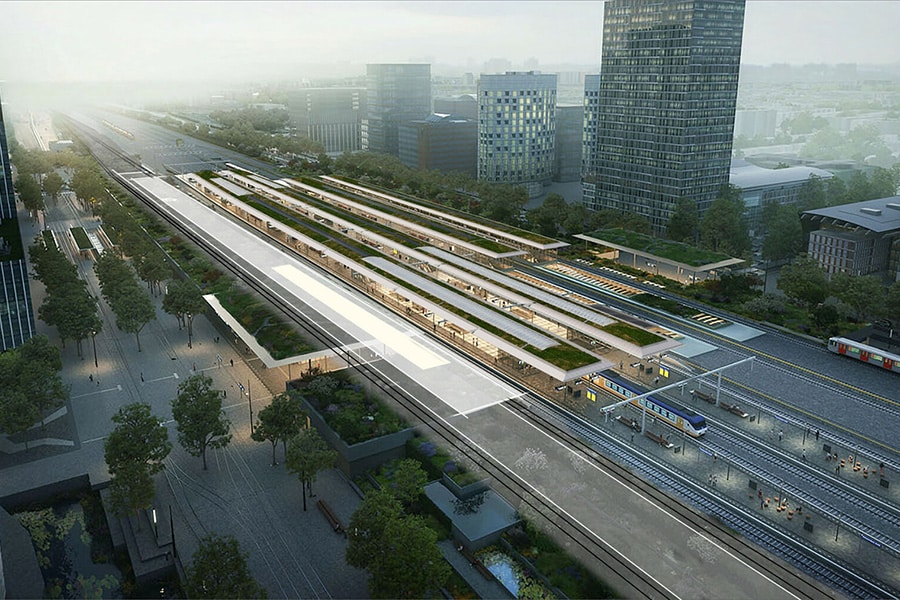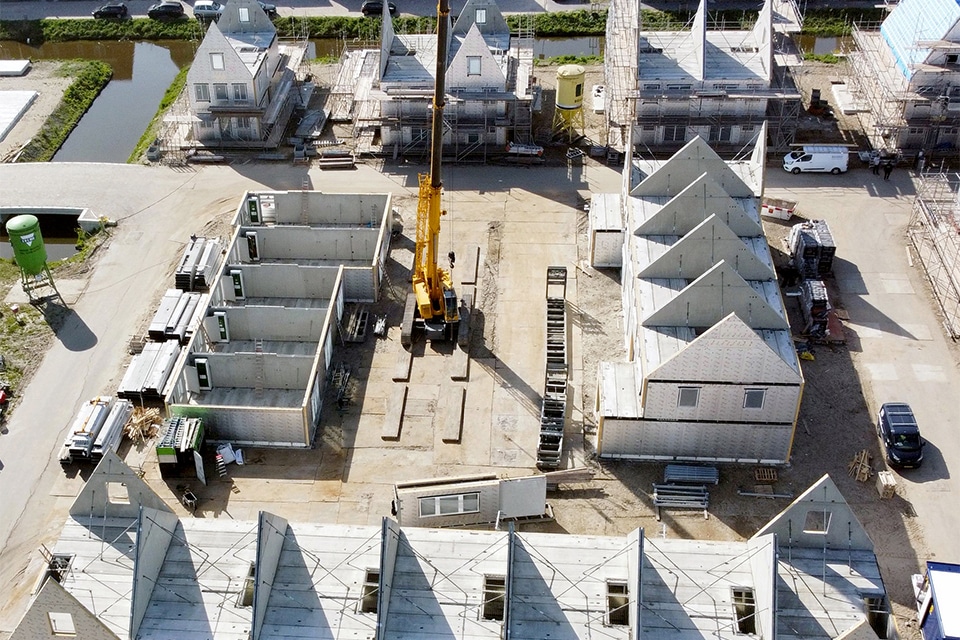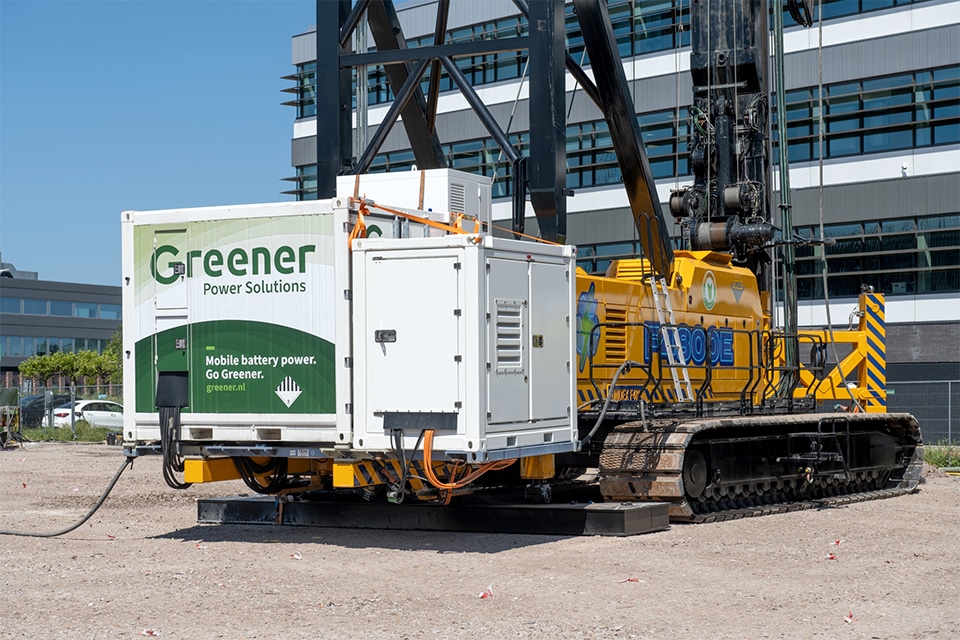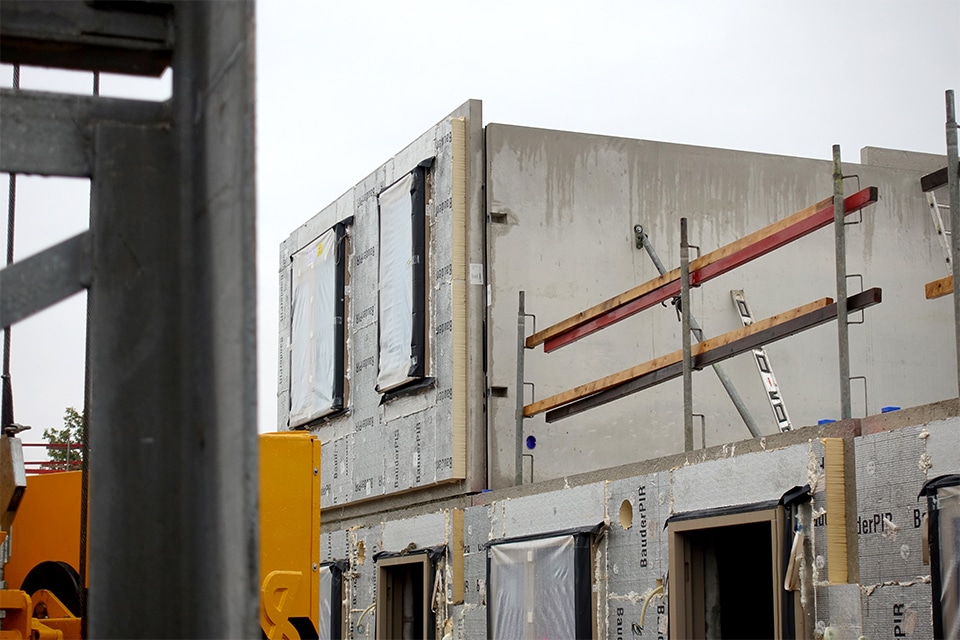
Green on the platform caps. Zuidasdok becomes green corridor
The Netherlands has an increasing number of green roofs, especially in urban areas. The Zuidasdok program in Amsterdam is a great example of a city's ambition to green even further, improving the climate and promoting biodiversity. The goal is to eventually create a green corridor. To achieve this, the new platform roofs of Amsterdam Zuid station will also be fitted with green roofs by idverde NL.
Amsterdam already has quite a bit of greenery on its roofs, knows Coen Bal, Product Manager Roof and Facade Greenery at idverde NL. “These green roofs bring numerous benefits: they reduce heat stress, slow down water runoff and improve biodiversity. By creating larger, connected green areas, it becomes easier for animals including insects to find their way around the city. The result is not only aesthetically pleasing, but also ecologically valuable. And the green corridor of Zuidasdok will soon only contribute positively to that.”
Technical challenges
In the renewal of Amsterdam Zuid station, idverde NL is working with Oranjedak and construction combination Nieuw-Zuid to green the platform roofs. “The green roofs on the four platform roofs have a special construction from different layers,” Bal explains. “The structure consists of a root-resistant bitumen layer, drainage system, a substrate layer and then planting sizes with sedum herbs containing flower bulbs. An irrigation system ensures that the greenery receives sufficient water, some of which is recycled from rainwater.” What makes this project special, according to Bal, is its location along the railroad tracks. “Working in a railroad environment brings specific challenges. Not only logistically, but especially in terms of safety. We therefore work according to the idea: ‘work safely together, home safely together’.” Delivering materials and installing the green roofs requires careful planning and close cooperation with the construction consortium and all stakeholders involved, he says. “Moreover, the roofs are slightly sloped and the profile of the structure must meet technical requirements to ensure proper drainage and stability.”
Maintenance
It is expected that idverde NL will start building the green roofs early next year. “By the way, Oranjedak has already started the preparations, such as the installation of the roofing system and the profiles for the benefit of the green roofs,” says Bal, who adds that idverde NL will soon also be responsible for the maintenance of the green roofs. “After installation, we will visually inspect the roofs on a regular basis, and via moisture sensors, among other things, the irrigation system will be monitored remotely. This ensures that the green roof continues to function optimally, even in extreme weather conditions.” The roofs are semi-intensive, with a mix of sedum, herbs and flower bulbs contributing to increased biodiversity.
With approximately 5,000 m² of green roof, the renovated Amsterdam Zuid station will also soon contribute to a more sustainable and greener city. The Zuidasdok is not only an important infrastructure project, but also a step towards a climate-proof Amsterdam.




